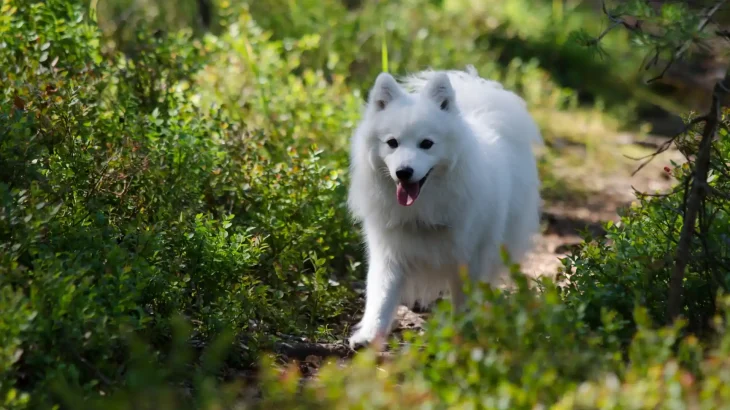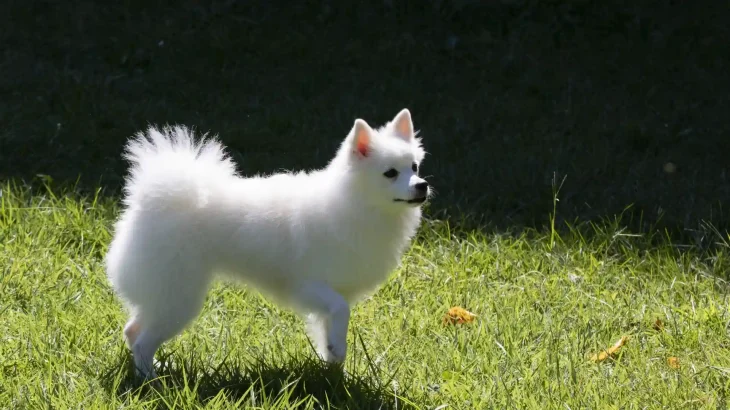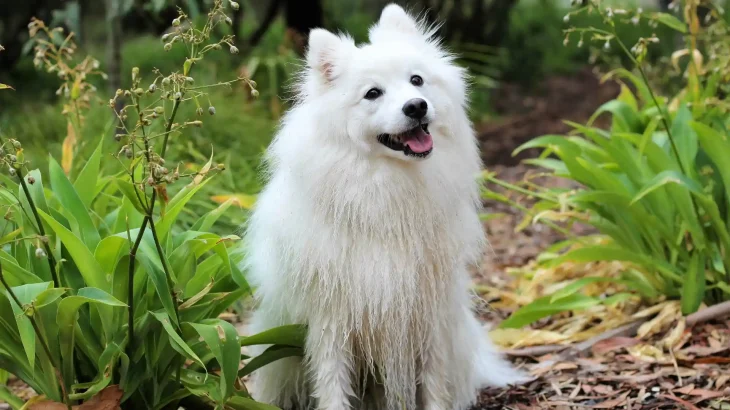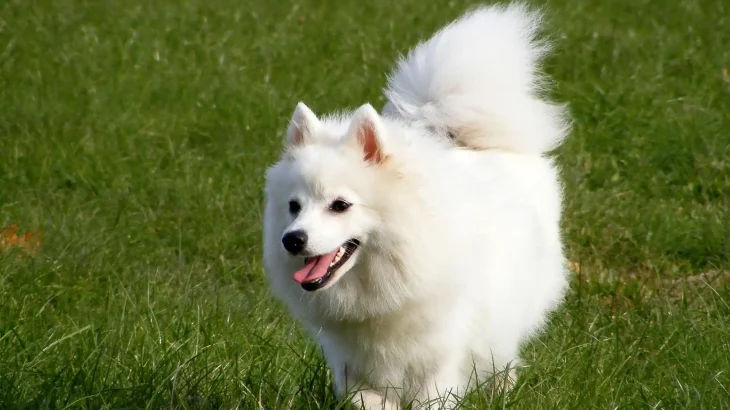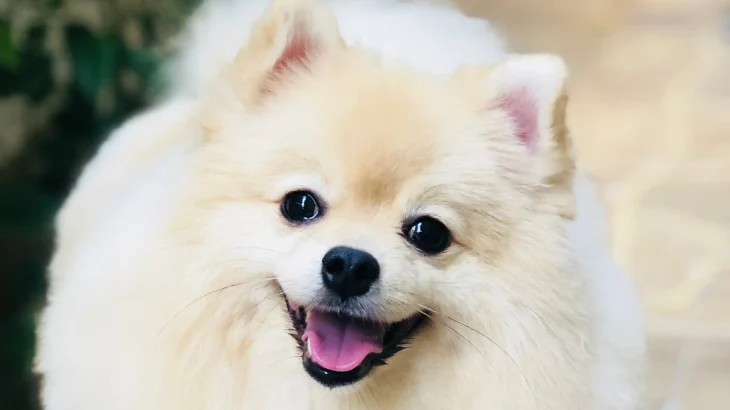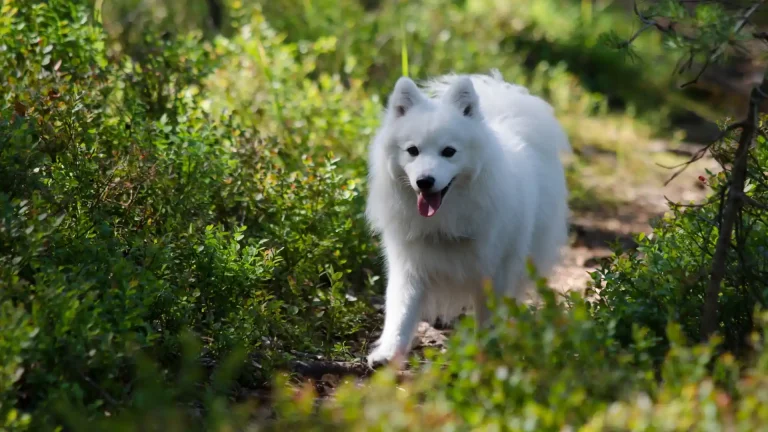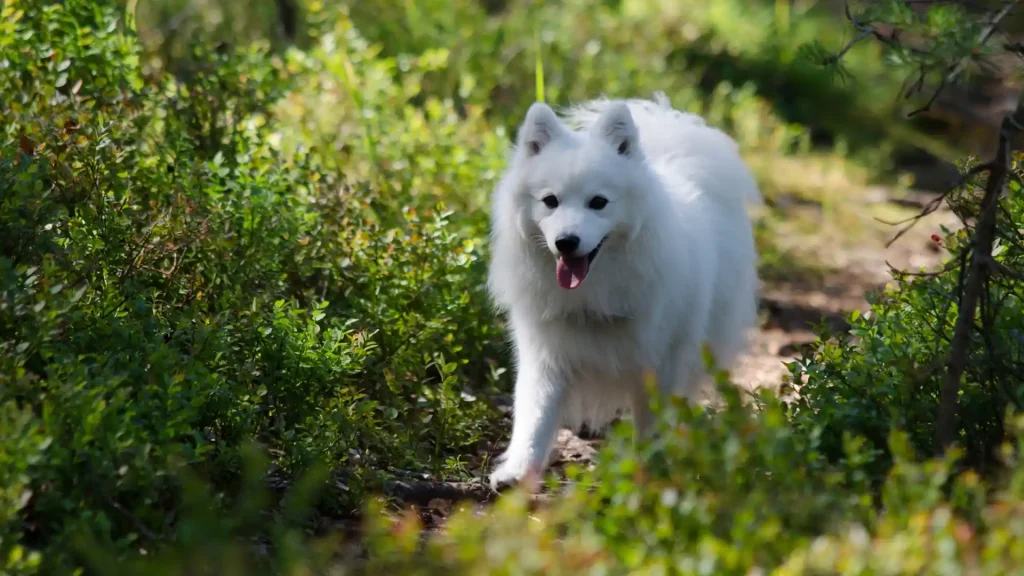Deciding whether to adopt or purchase an Indian Spitz puppy depends on your priorities such as health certainty, cost, and ethical considerations. Purchasing from a breeder usually means access to detailed lineage and health records, while adoption supports providing homes for dogs in need, though with less background information.
Adoption vs. Breeder: Pros & Cons
| Criteria | Buying from Breeder | Adopting from Shelter/Rescue |
|---|---|---|
| Cost | Typically higher, reflecting pedigree and breeder investment. | Generally lower adoption fees, often includes vaccinations and sterilization. |
| Health History | Usually comprehensive health and genetic records available. | Health background may be uncertain, though basic checks are performed. |
| Age Availability | Primarily puppies, allowing early training and bonding. | Range of ages, including adults needing homes. |
| Temperament Insight | Breeders can inform on typical breed temperament and lineage traits. | Rescue staff share observed behavior, but history may be incomplete. |
| Supporting Practices | Supports breed preservation when reputable breeders are involved. | Supports animal welfare by giving homes to dogs in need. |
| Ethical Considerations | Important to choose ethical breeders to avoid puppy mills. | Helps reduce overpopulation and euthanasia of strays. |

